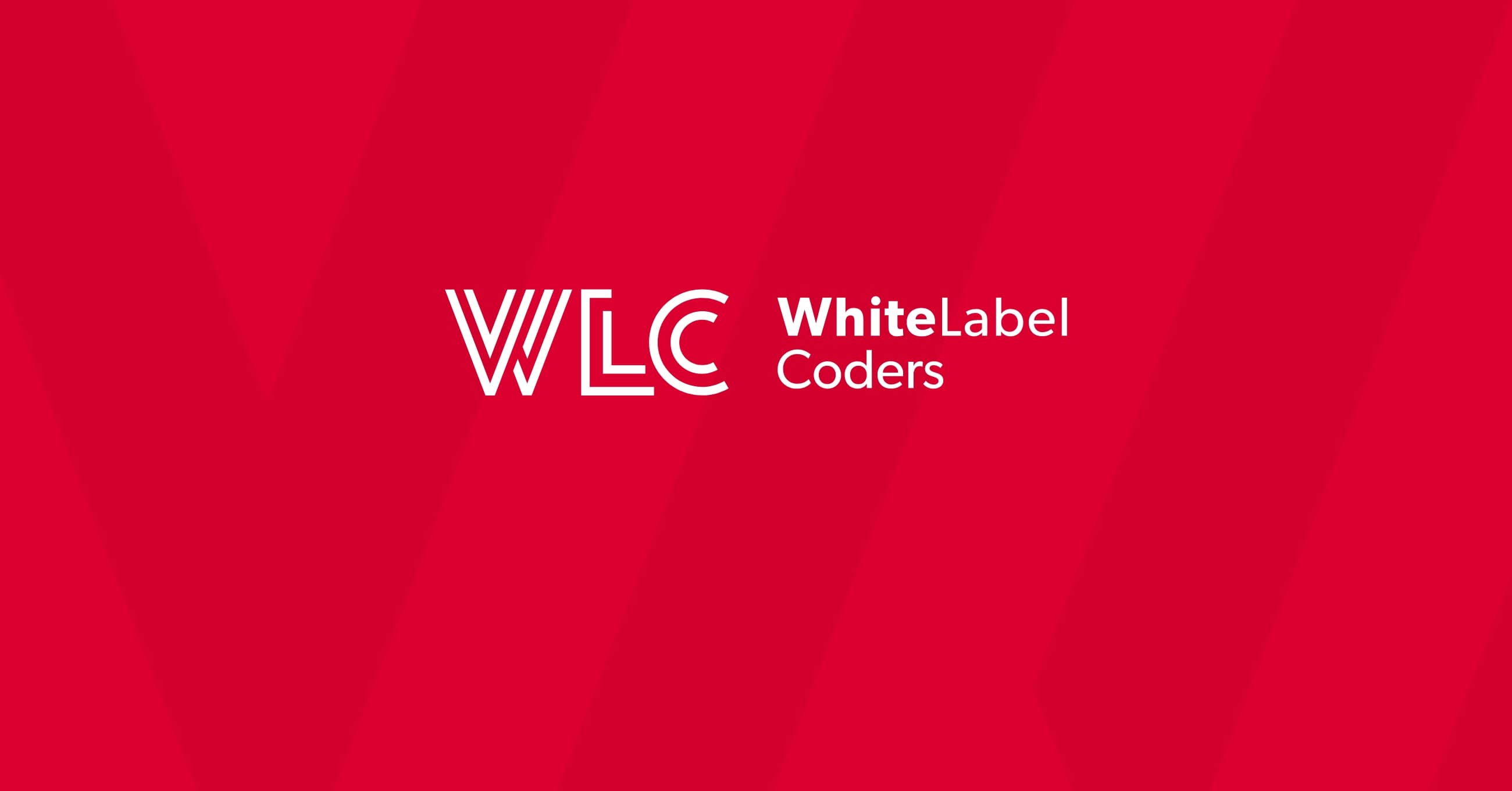Category: SEO AI
Is WordPress drag and drop?

WordPress offers partial drag and drop functionality through its modern Gutenberg block editor, allowing you to rearrange content blocks visually. However, for comprehensive drag and drop website building, you’ll need dedicated page builder plugins like Elementor or Divi that provide true visual editing capabilities with real-time design control.
Understanding WordPress drag and drop capabilities
WordPress has evolved significantly from its traditional text-based editing approach. The platform’s journey from the classic editor to the modern block-based system represents a fundamental shift towards more visual content creation.
The Gutenberg block editor, introduced in WordPress 5.0, brought native drag and drop functionality to the core platform. This editor allows you to add, move, and arrange content blocks without touching code. You can drag text blocks, images, galleries, and other elements around your page layout.
However, this native functionality focuses primarily on content arrangement rather than complete visual design. The blocks work within your theme’s predetermined structure, giving you content flexibility whilst maintaining design consistency.
Is WordPress naturally a drag and drop platform?
WordPress isn’t naturally a full drag and drop platform in the traditional sense. The default editing experience provides limited visual editing compared to dedicated website builders like Wix or Squarespace.
The Gutenberg editor does offer drag and drop capabilities for content blocks. You can easily move paragraphs, images, and other elements around your page. However, you cannot drag elements to create custom layouts, change spacing visually, or modify design elements without additional tools.
This limitation exists because WordPress prioritises flexibility and customisation over simplified visual editing. The platform’s strength lies in its extensibility through themes and plugins, allowing developers to create sophisticated websites that go far beyond basic drag and drop builders.
What are the best WordPress drag and drop page builders?
Several excellent page builder plugins transform WordPress into a comprehensive drag and drop platform. These tools provide visual design control that rivals dedicated website builders.
Elementor stands out as the most popular choice, offering a free version with robust features and a pro version with advanced capabilities. It provides real-time editing, extensive widget libraries, and responsive design controls.
Divi by Elegant Themes combines a page builder with a theme framework. It features a visual builder that works on both the front-end and back-end, plus hundreds of pre-designed layouts.
Beaver Builder focuses on reliability and clean code output. It’s particularly favoured by developers who want visual editing without compromising site performance or code quality.
WPBakery Page Builder (formerly Visual Composer) offers both front-end and back-end editing modes. It includes numerous add-ons and integrates well with many WordPress themes.
How does the WordPress block editor work for visual editing?
The WordPress block editor uses a block-based approach where every piece of content becomes an individual block. Each paragraph, image, heading, or media element exists as a separate, moveable component.
You can drag blocks up and down within your content area to rearrange them. The editor also provides block patterns and reusable blocks that speed up content creation. When you hover over blocks, handles appear that allow you to move them easily.
The editor includes various block types for different content needs. You’ll find blocks for text, media, design elements, widgets, and embeds. Each block has its own settings panel where you can adjust colours, spacing, and other properties.
However, the visual editing remains constrained by your theme’s design. You cannot freely position elements anywhere on the page or create complex custom layouts without additional tools or custom development.
What’s the difference between WordPress themes and page builders?
WordPress themes provide the foundational design and structure for your website, whilst page builders offer granular design control over individual pages and elements.
Themes determine your site’s overall appearance, including colours, fonts, layout structures, and styling. They work with WordPress’s native editing tools and provide consistent design across all pages. Themes are generally more performance-friendly and easier to maintain.
Page builders, on the other hand, allow you to create custom layouts and designs that can override your theme’s default appearance. They provide visual editing interfaces where you can drag, drop, and customise elements in real-time.
The choice between focusing on themes or page builders depends on your needs. Themes work well for content-focused sites that need consistent design, whilst page builders suit projects requiring unique layouts and visual customisation on different pages.
How do you choose the right drag and drop solution for WordPress?
Selecting the appropriate drag and drop solution depends on your project requirements, technical expertise, and long-term goals.
For simple content sites with occasional layout changes, the native WordPress block editor might suffice. It’s free, lightweight, and integrates seamlessly with your hosting environment.
If you need extensive visual customisation but want to maintain control over your site’s performance and code quality, consider professional WordPress custom development. This approach provides unlimited design possibilities whilst ensuring optimal performance and maintainability.
Page builders work well for users who need visual editing capabilities but lack coding knowledge. However, consider factors like performance impact, long-term maintenance, and potential vendor lock-in when making your choice.
For complex business requirements or unique functionality needs, custom WordPress development often provides the best balance of flexibility, performance, and scalability.
Key takeaways for WordPress drag and drop functionality
WordPress offers varying levels of drag and drop functionality depending on your chosen approach. The native block editor provides basic content rearrangement, whilst page builders offer comprehensive visual editing capabilities.
Consider your long-term needs when choosing a solution. Page builders provide immediate visual control but may impact performance and create dependencies. Custom development requires more initial investment but offers unlimited possibilities and better performance.
The best approach often combines multiple solutions. You might use the native editor for content management, a page builder for specific landing pages, and custom development for unique functionality requirements.
Remember that drag and drop functionality is just one aspect of website development. Consider factors like performance, security, maintenance, and scalability when planning your WordPress project. Professional development services can help you navigate these choices and create a solution that meets both your immediate needs and future growth plans.

